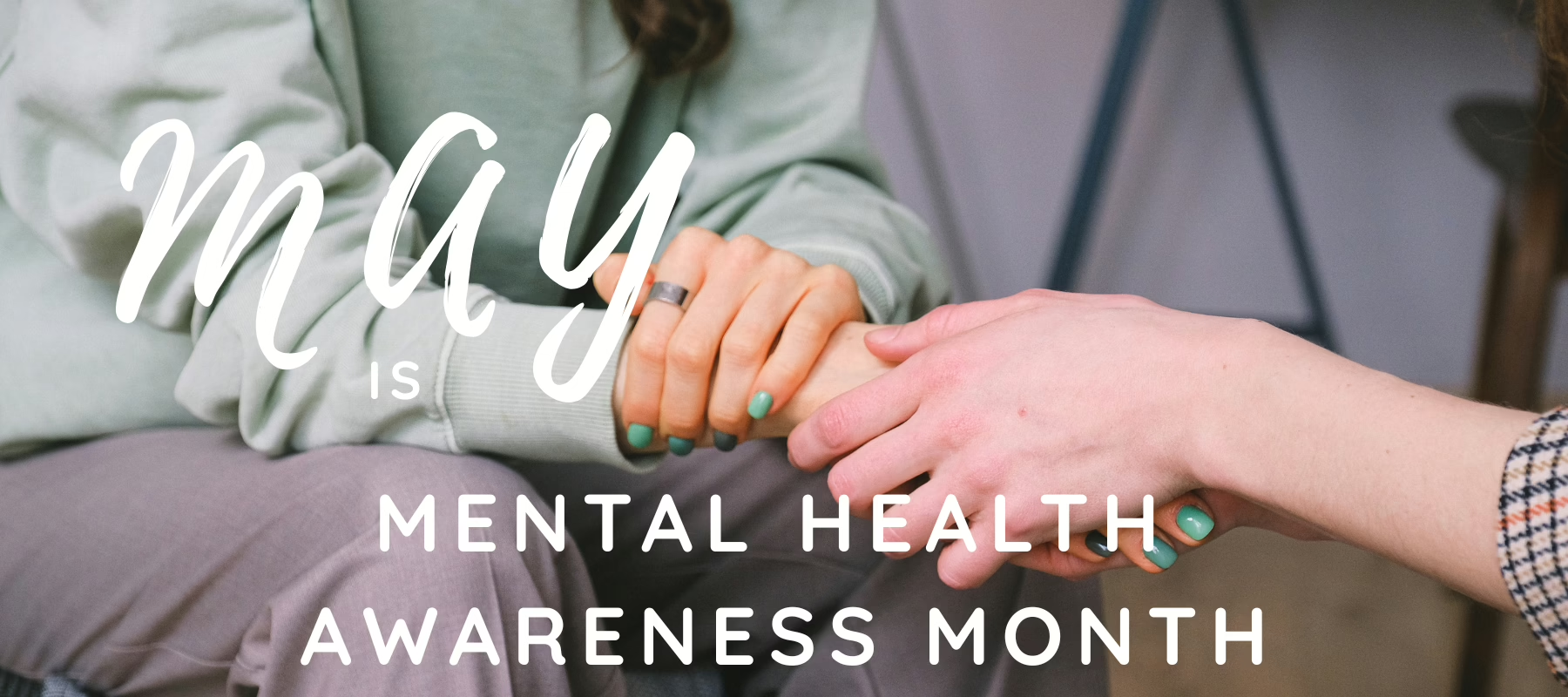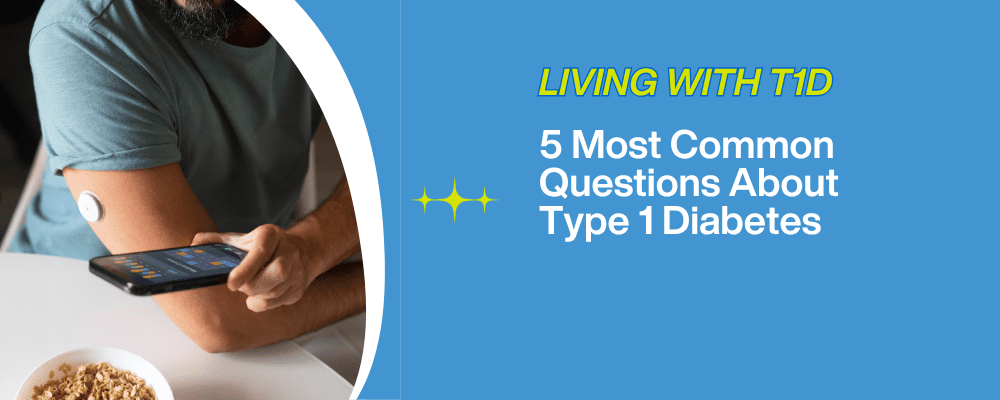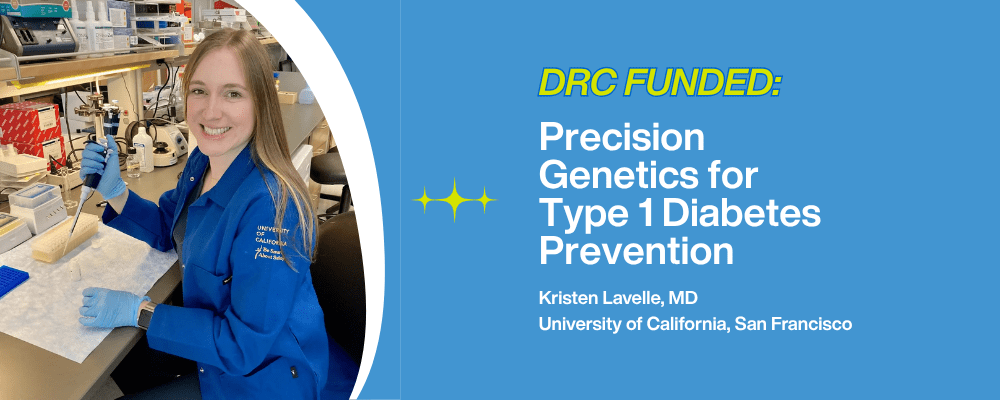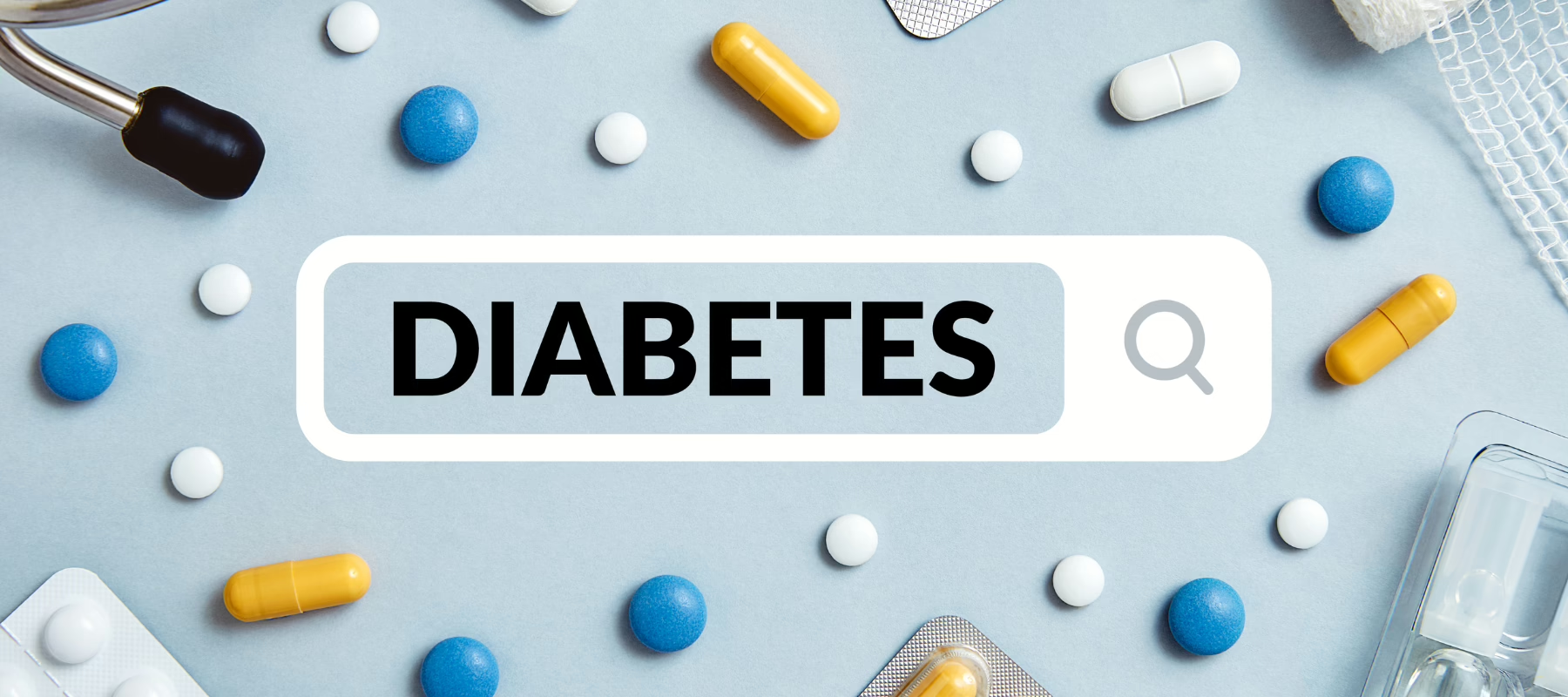May is Mental Health Awareness Month, a time to shine a light on emotional well-being. For those living with type 1 diabetes (T1D), the effect on mental health can be even more challenging, as the condition impacts far more than blood sugar levels.
The Mental Load of Type 1 Diabetes
“Every day it’s just constant… it never goes away.” explains Addie, a freshman in college who was diagnosed with T1D at age 1.
Living with T1D is a relentless daily struggle that demands constant attention. There are no breaks from it. It is 24/7/365. Everything that your pancreas does for you automatically, without you having to even think about it – is what someone with T1D has to do for themselves – taking on the responsibility of being their body’s own pancreas.
Each day’s management requires continuous monitoring of glucose levels, calculation of carb intake, and accurate dosing of insulin – factoring in a dozen other considerations such as time of day, temperature, activity level, the food’s fat or protein content, and more to effectively manage the disease.
The daily burden can wear heavily on the mind. This chronic stress has a name: diabetes distress, and it’s incredibly common. In fact, up to 40% of people with T1D experience diabetes distress, and the risk of anxiety and depression is two to three times higher than in the general population.¹
Research Helps Ease the Mental Burden
Research has led to vast advancements in technology and improved treatments that have helped ease the burden of daily management. But it is not enough. The burden is still there and a cure is still needed.
“The treatments have gotten so much better. I no longer have to think about it every second of the day. I still probably think about it every minute of the day — but at least it’s not every second.” says Lauren, who was diagnosed with T1D at age 5 and later watched her younger sister face the same diagnosis. Lauren, now a Stanford graduate, credits evolving technology, like continuous glucose monitors (CGMs) and insulin pumps, with easing the burden. And she’s not alone.
Brooklynn, another young adult living with T1D, shared how trying a CGM for the first time at age 17 changed her life: “It gave me the amazing opportunity to travel without my parents for the first time and still feel confident that my glucose would be managed well. That freedom was such a huge step.”
Access to better treatments doesn’t just improve health outcomes — it provides a sense of independence, security, and peace of mind.
Addie, Lauren, and Brooklynn all agree on their biggest hope – “It’s time for a cure.”
Why Research for Mental Health Matters
At Diabetes Research Connection (DRC), we believe mental health should be part of the conversation when it comes to finding better ways to manage — and ultimately cure — type 1 diabetes. That’s why we’ve supported early-career researchers exploring:
-
Digital health tools designed to reduce diabetes burnout
-
Improved early-detection and treatment strategies to identify T1D at its early pre-symptomatic stage and provide treatment to delay or prevent its onset.
-
Prevention of debilitating and life-threatening complications that can cause long-term stress and trauma
-
A cure — the ultimate hope that fuels resilience in the T1D community
By funding innovative projects like these, DRC helps ensure that the future of diabetes care is not just more effective, but more humane. (DRC projects, past and present can be viewed here.)
Moving Toward a Future with Less Burden
We’re inspired every day by the resilience of people living with T1D — and we believe research should match their strength. This Mental Health Month, we honor that resilience and recommit to supporting science that addresses the whole person.
Because better treatments don’t just change numbers. They change lives.
Sources:
- American Diabetes Association, Standards of Medical Care in Diabetes: Psychosocial Care, 2022.
https://diabetesjournals.org/care/article/45/Supplement_1/S203
2. CDC: https://www.cdc.gov/diabetes/managing/mental-health.html




